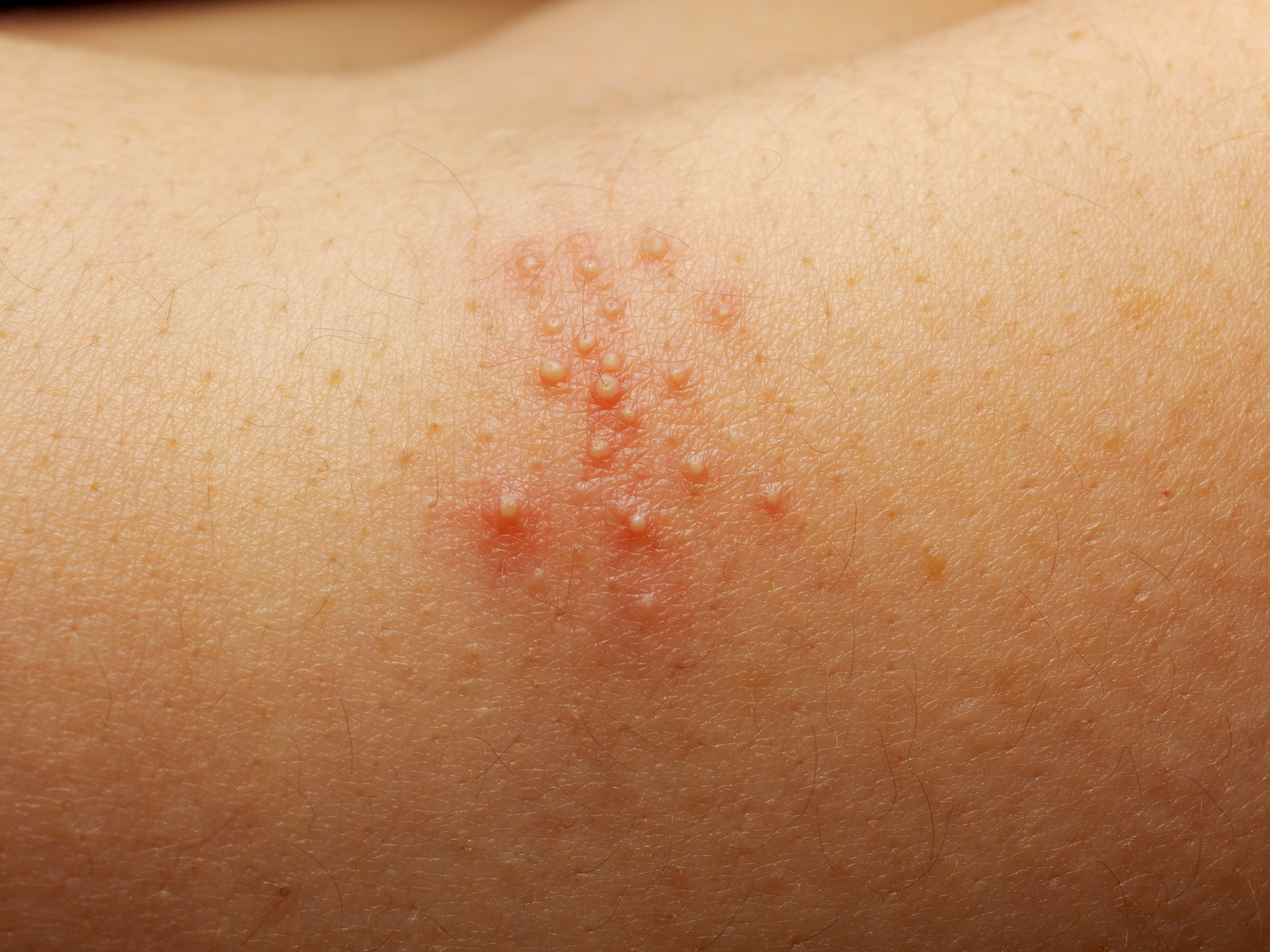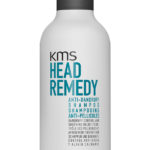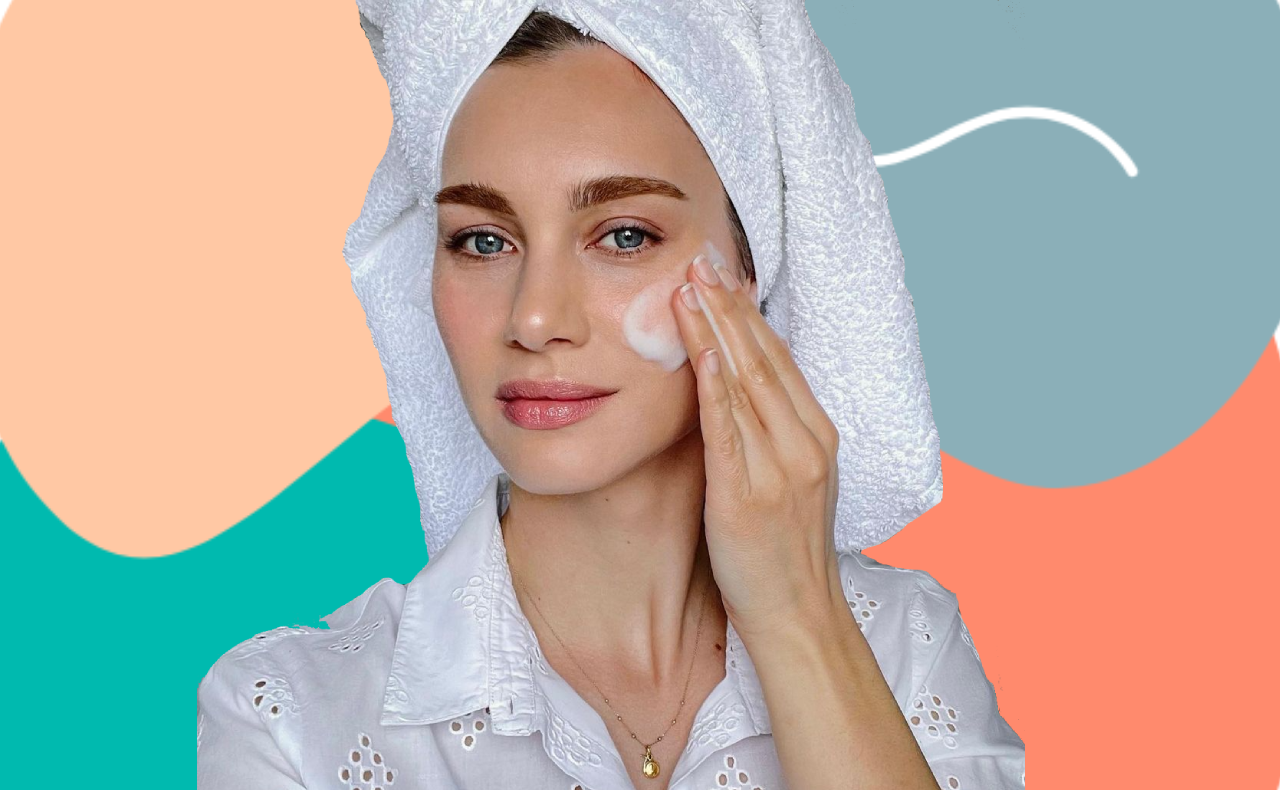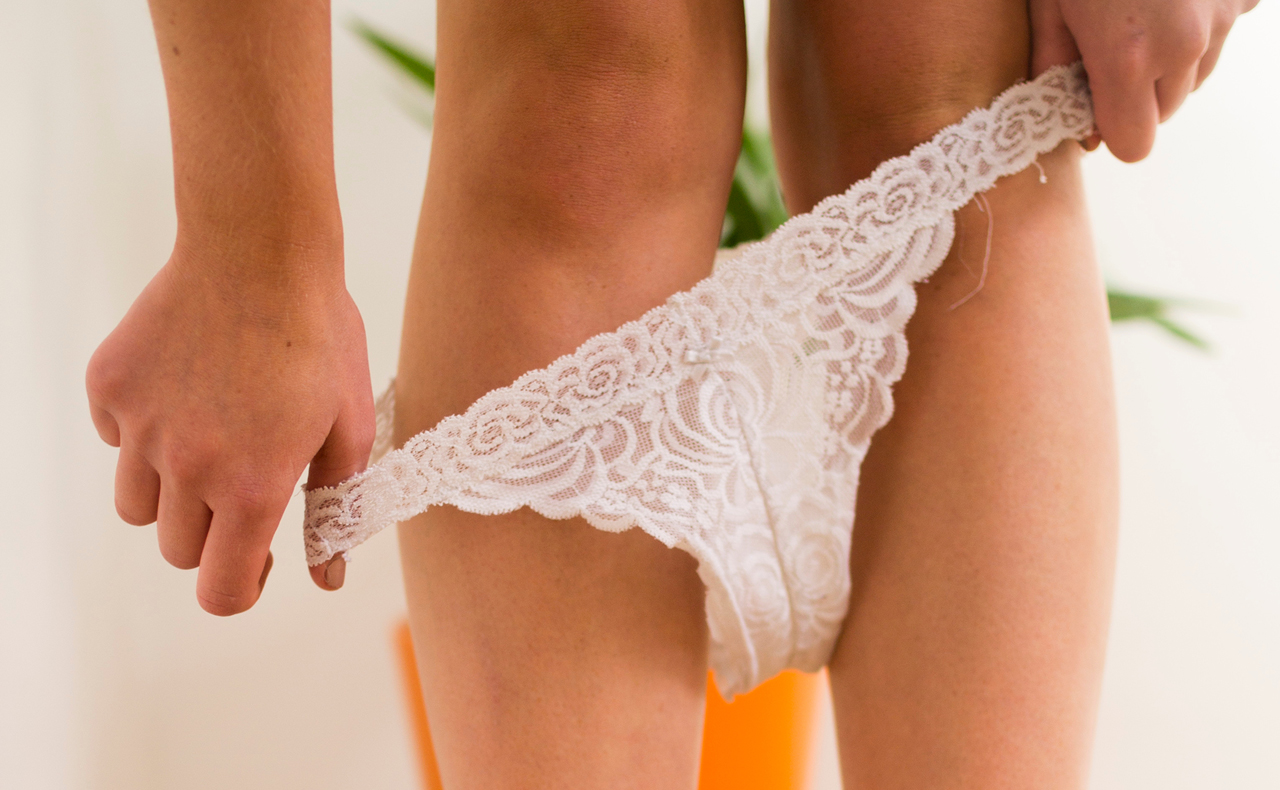When it comes to persistent acne or breakouts, half the battle is identifying the correct type. Since fungal acne looks a lot like regular acne, distinguishing between the two can often be hard if you don’t know what to look out for.
So to save you the pain of taking a stab in the dark when it comes to diagnosing and treating your next breakout, we’ve collated a complete guide to identifying, treating and preventing one the most common conditions: fungal acne.
What is fungal acne?
Confusingly, fungal acne has nothing to do with fungus (or even really acne). It’s actually an infection of the hair molecule on the face and body that leads to small bumps.
Typically, fungal acne appears as red spots or small blackheads and whiteheads (about one millimeter in circumference) across the chest, back, upper arms, and occasionally on the face. In contrast to regular acne, fungal acne can often feel itchy.

What causes fungal acne?
Humidity and warmer weather: This form of acne is usually more prevalent in countries with warmer climates, such as Southeast Asia. Why? When we sweat excessively or overheat, the yeast responsible for causing fungal acne thrives and grows.
Skin to skin contact: As yeast can spread from body to body, it has been suspected that fungal acne may in fact be contagious if you’ve come into contact with someone else who has it.
Prolonged periods in tight clothing: We’ve all been there. After a yoga or exercise class, it’s not uncommon to go straight into running errands without changing out of your tight leggings or sports bra. But, unfortunately, this might run you into some hot water as far as fungal acne is concerned. Sweaty or clingy clothes, particularly in warm weather can be a sure-fire way to trigger an outbreak of fungal acne. It’s recommended to stay in loose clothes made from organic fabrics.
How can you treat it?
In the same way that fungal acne is easy to contract, it’s also easy to treat.
Apply an anti-dandruff shampoo: To your body, yes. In a recent interview with Allure, dermatologist Joshua Zeichner explained that zinc pyrithione, the main ingredient in anti-dandruff shampoos, should be applied all over the body, left to sit (for as long as it takes to sing the alphabet), and then rinsed off.
We recommend: KMS HEADREMEDY Anti-Dandruff Shampoo, $31.95 at Active Skin
Oral medication: Oral antifungals work by penetrating our sweat glands, moving into our hair follicles, and making their way onto our skin. This can often provide a necessary and effective treatment for persistent fungal acne.
How to prevent it?
Introduce BHAs: BHAs, such as salicylic acid, fight acne-causing bacteria and unclog pores, allowing them to reduce oil production and minimise the risk of breakouts.
We recommend: CeraVe SA Smoothing Cleanser, $13.36 at Chemist Warehouse
Exfoliate: Exfoliating regularly will free clogged pores and remove dead skin cells, dirt, and oil that contribute to acne growth.
We recommend: Sukin Naturals Renewing Body Scrub – Green Tea and Jojoba, $14.95 at Chemist Warehouse
Have you ever experienced fungal acne? If so, how did you go about curing it?







I’ve never heard of fungal acne. So interesting to know all the different kinds and how to treat them.
I’ve never heard of the anti-dandruff shampoo tip.
My child had this as a baby. Poor little thing. I thought it was heat rash and then when I showed doctor it was fungal acne.
This sounds like what my Mum had on her arm. Her hairdresser suggested the anti-dandruff shampoo method & it worked.
Never seen them or had or heard of them!
Ew, this sounds nasty! I’d never heard of fungal acne either!
OMG. I have this on my inner thigh from (too big) clothing chafing. Yikes! Heading for the Head and Shoulders shampoo!
OMG. I have this on my inner thigh from (too big) clothing chafing. Yikes! Heading for the anti dandruff shampoo.
Good to know information.
yes you never know when you may need to know what to do in this instance
For awhile I was convinced I had this because my acne wasn’t getting any better. Unfortunately dealing with hormonal/cystic acne is just a nightmare to treat
I’ve never heard of it and don’t think I’ve had it either.
Wow you learn something new every day! At 60 years old I thought I knew all there was to about zits. Nope still learning!
Wow you learn something new every day! At 60 years old I thought I knew all there was to about zits. Nope still learning!
I think my partner suffers from this on his back and chest in summer, it’s not an issue for him in the colder months.
I think my partner suffers from this on his back and chest in summer
It would be worth trying the ideas in this article as he may feel more comfortable .
Haven’t heard of it before.
This kind of acne is new to me, interesting!
What a good article – I don’t think i have experienced it in the past but the weather in NZ has being very humid so far this year so one to look out for – Thank You
Not familiar with it, so many types of acne
yes it would thrive in this hot weather
I have acne prone skin & I had few pimples on my face and a lot of dark spots left behind by my cured pimples. After using Derma lmd anti acne serum from past 3 weeks my skin has improved a lot. My skin doesn’t feel oily at all, there are no new breakouts❤️❤️
geometry dash unblocked
I am so curious for the next part